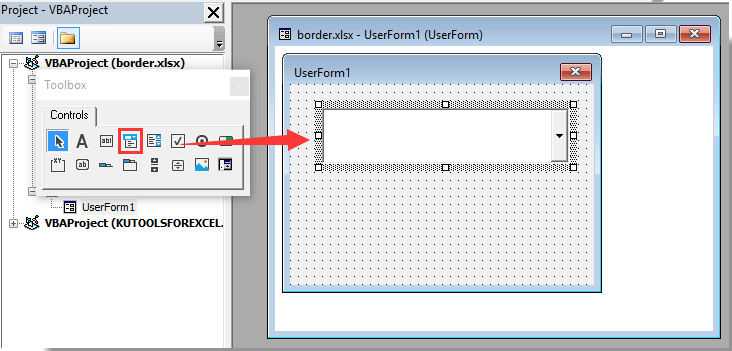5 Essential Tips for Managing IEP Paperwork Retention

For parents and educators alike, managing IEP (Individualized Education Program) paperwork can be an overwhelming task. With an average of 2.5 million students having IEPs each year in the United States, ensuring proper retention and organization of these documents is not just about compliance but also about advocacy and support for the student’s educational journey. Here, we delve into five essential tips to streamline IEP paperwork retention.
Understand Retention Requirements

The first step in effectively managing IEP paperwork is understanding the legal requirements for retention. Each state has its own regulations, but common practices include:
- Maintaining records from the time the student enters the special education program until they graduate, or until they reach a certain age.
- Keeping records for a specific period post-graduation, typically three to seven years.
- Ensuring records are accessible during this period for review by the school district, state education agency, or parents.
📝 Note: It's beneficial to consult with your school district or state education department to confirm the specific retention requirements in your area.
Utilize Digital Solutions

Transitioning to digital storage solutions can drastically improve the management of IEP documents. Here’s how you can leverage technology:
- Use cloud storage services like Google Drive or Dropbox for easy access, sharing, and secure storage.
- Implement password protection to safeguard confidential information.
- Organize documents using folders, naming conventions, and tags.
Digital solutions not only help in keeping records secure but also make retrieval quick and easy, thereby minimizing the risk of lost or misplaced documents.
Create a Systematic Filing System

Whether you choose digital or physical storage, having a systematic filing system is crucial. Here’s a structure you might consider:
| Category | Description |
|---|---|
| IEP Meetings | All related IEP documents, meeting notes, and correspondence. |
| Evaluations & Assessments | Educational, psychological, and other relevant assessments. |
| Progress Reports | Annual or periodic progress reports on IEP goals. |
| Communication | Emails, letters, or notes exchanged with teachers or administrators. |
| Transition Plans | Documents related to transition services and plans post-high school. |

📘 Note: Keep sensitive documents like medical evaluations in a separate, secure file, ensuring privacy compliance.
Regular Reviews and Updates

IEPs are living documents, and so should be the records related to them. Here are steps to ensure your records are up-to-date:
- Schedule regular IEP review sessions, at least annually or as per state guidelines.
- Update records with new evaluations, amendments, or changes in the student's educational plan.
- Archive or securely dispose of outdated records as per retention policies.
Keeping IEP documentation current ensures that all stakeholders have the most accurate information, reducing the likelihood of confusion or oversight during future planning or reviews.
Secure Disposal Practices

Once the retention period for certain documents is over, secure disposal is imperative to protect student privacy. Here’s what you can do:
- Use shredding services or shred documents in-house to ensure confidential information is destroyed.
- Adhere to laws like FERPA (Family Educational Rights and Privacy Act) in the US, which dictate how educational records should be managed post-retention.
- Document disposal to keep a record of when and how documents were destroyed, which can be useful for compliance checks.
🗑️ Note: Always maintain a log or list of documents disposed of, including the date of disposal, to aid in tracking and compliance verification.
In summary, managing IEP paperwork retention effectively involves understanding the legal framework, leveraging technology, organizing with a systematic approach, regularly reviewing and updating records, and practicing secure disposal. These measures not only meet compliance standards but also ensure that the student's educational journey is supported by accurate, accessible, and secure documentation.
How long do I need to keep IEP records?

+
Depending on state regulations, you generally need to keep IEP records until the student graduates or until a specific age, with additional retention periods ranging from three to seven years after the student leaves the special education program.
Can I digitally store IEP documents?

+
Yes, digital storage solutions are not only allowed but encouraged due to their accessibility, ease of management, and security features. Ensure the digital platform complies with privacy laws.
What should I do with outdated IEP documents?

+
Once the retention period has expired, documents should be securely destroyed in accordance with state privacy laws. Shredding services or in-house shredding are common practices.
Can I request access to IEP records from my child’s previous school district?

+
Yes, parents or guardians can typically request records from previous school districts. The school is obliged to provide these records as per the educational rights of parents.



